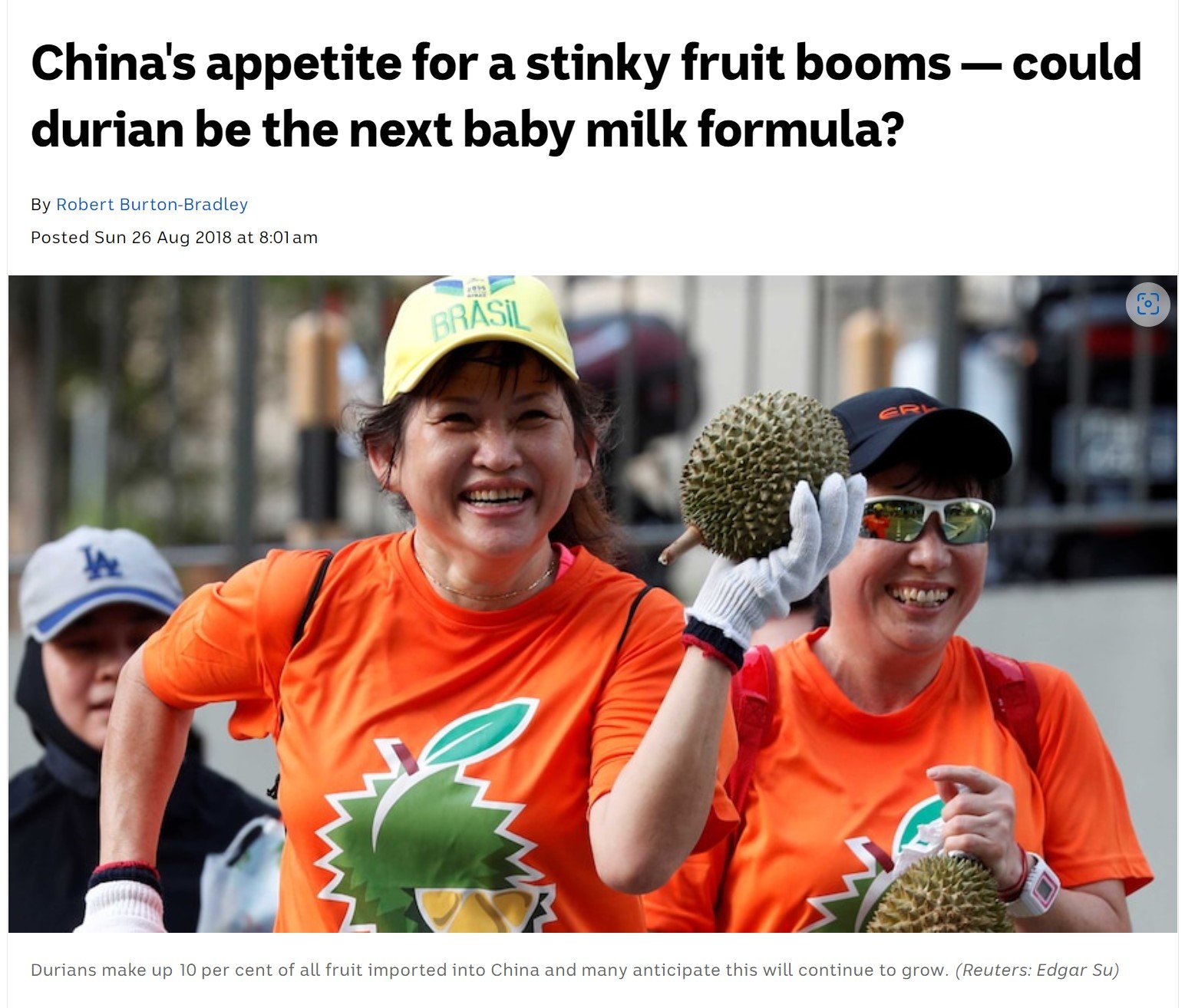
makan (2020)

makan (meaning ‘eat’ in Malay) features a fridge door hiding a mound of ceramic durians. From family photos to contacts for local doctors and pest control, the installation is solidly rooted in a suburban Australian household.

In my household, my dad would split open the durian in the kitchen or backyard with a cleaver. He would relish this delicacy before gargling saltwater to mask the durian’s intense scent before visiting friends.

Reflecting upon this memory, I could not help but recall sensationalist headlines in national newspapers such as “China’s appetite for a stinky fruit - could durian be the next baby formula” racially linking durians with greed and excess consumption.
To me, makan thereby operates on two levels. It is both an endearing vignette and a cognitive reminder that I will never be fully embraced in Australia.
